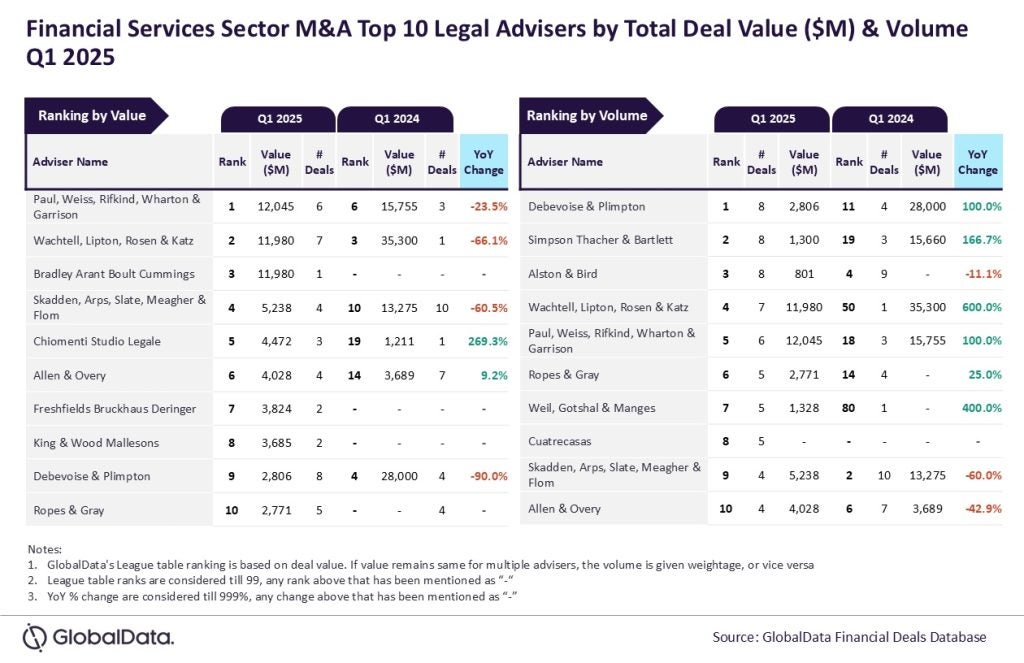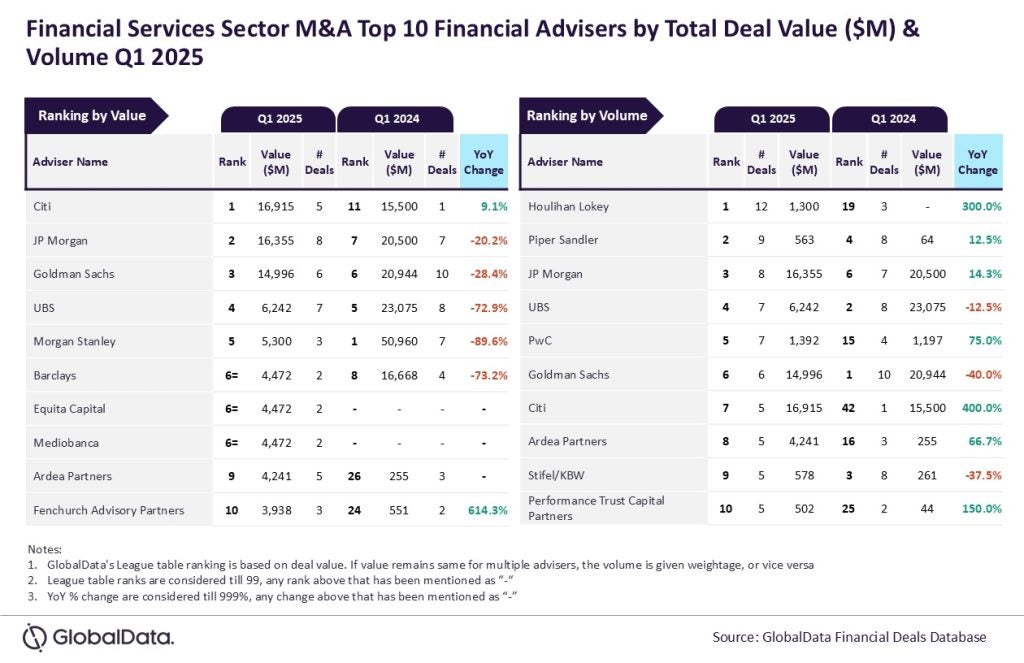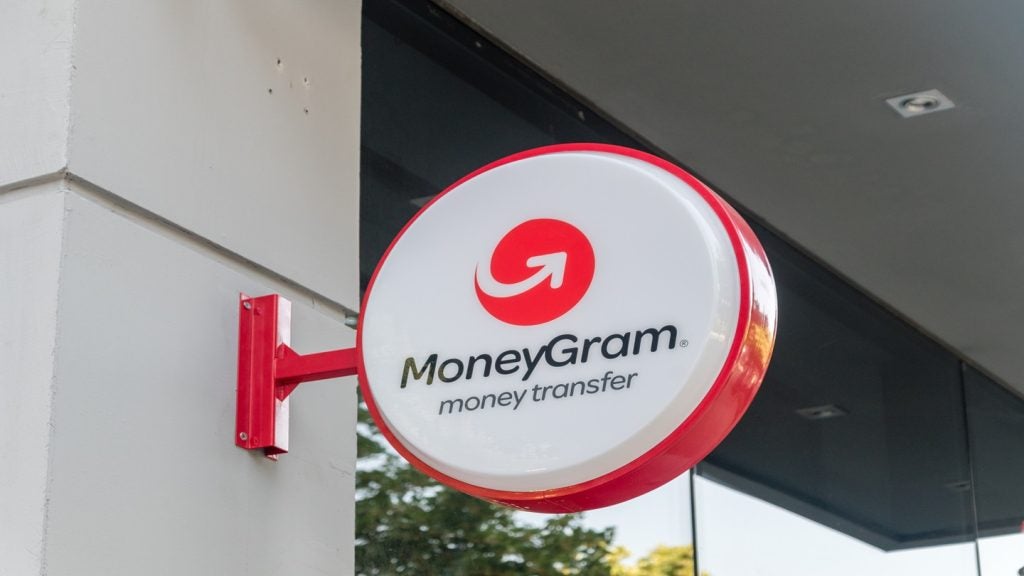The rise of younger consumers’
reliance on mobile devices, video and social networking will
transform the retail banking sector, according to a report by Cisco
Internet Business Solutions Group (IBSG), Cisco’s global
consultancy.
Retail banks that have previously
struggled to target segments beyond high net worth individuals
could boost their revenues by 5% to 10% if they target so-called
‘Generation Y’ (Gen Y) consumers, the report argues.
The jump in revenue is mainly driven by the
increase in the cross-sell ratio and greater retail deposits due to
product and service offers that are focused at a specific
segment.
The wide-reaching report, entitled The Next
Growth Opportunity for Banks, collates the findings of a
survey of over 1,000 US consumers.
Gen Y consumers, or those born between 1980 and
1992, would be more willing to switch to banks that adopted popular
technology into their products and services.
But the report also identifies Generation X
(Gen X) consumers, born between 1960 and 1979, as an increasingly
vital customer segment for banks.
Consumers in the early stages of their careers
and financial lives were found to want the most help managing their
finances, with more than a third of Gen Y and Gen X customers
needing assistance to manage their financial affairs.
In contrast, less than a fifth of ‘boomers and
silvers’ (those born before 1960) said they felt the same way.
The report details how the retail banks have
the potential to evolve by addressing the requirements of the
younger generation.
For example, Gen Y consumers are four times as
likely as boomers and silvers to have posted a question about
financial matters to a blog or online forum. Accordingly, banks
ought to consider developing a financial services community based
on the needs of personal financial management (PFM)
users.
Some banks have already adopted this: First
Direct, the online arm of HSBC, publishes customer feedback even if
it is negative and has attracted over 40,000 comments at
www.firstdirect.com/live (see RBI
626).
In addition, one third of Gen Y and Gen X
consumers are open to the idea of interacting with their banks
exclusively on a virtual basis using video. This contributed the
second conclusion for the report: to improve customer intimacy with
video in-branch and at home.
There is evidence of video already being
adopted in the retail banking sector, examples including Umpqua,
BBVA Compass and TD Canada Trust in North America, and Bakinter,
Rabobank and France’s monabanq – recently acquired by Credit Mutuel
– in Europe.
The potential of a PFM service to improve
online ‘stickiness’ and create greater cross-selling of related
products is also highlighted.
Citi, for example, is reportedly developing a
PFM offering, while JPMorgan Chase and ING Direct have both
introduced PFM-orientated capabilities.
Other indicators highlighting the importance of
Gen Y and Gen X as segments in the transformation of retail banking
include:
• More than 40% of Gen Y and one-third
of Gen X respondents saw the value of accessing bank
representatives and advisers using instant messaging (live
support);
• More than 30% of Gen Y and Gen X
consumers were interested in exchanging email messages with
advisers in community sites; and
• Gen Y showed strong interest in mobile text
messaging (22%) and both Gen Y and Gen X make significantly more
use of mobile banking capabilities.







